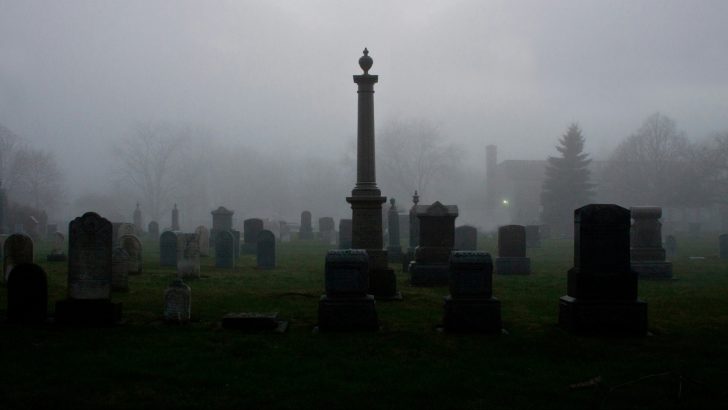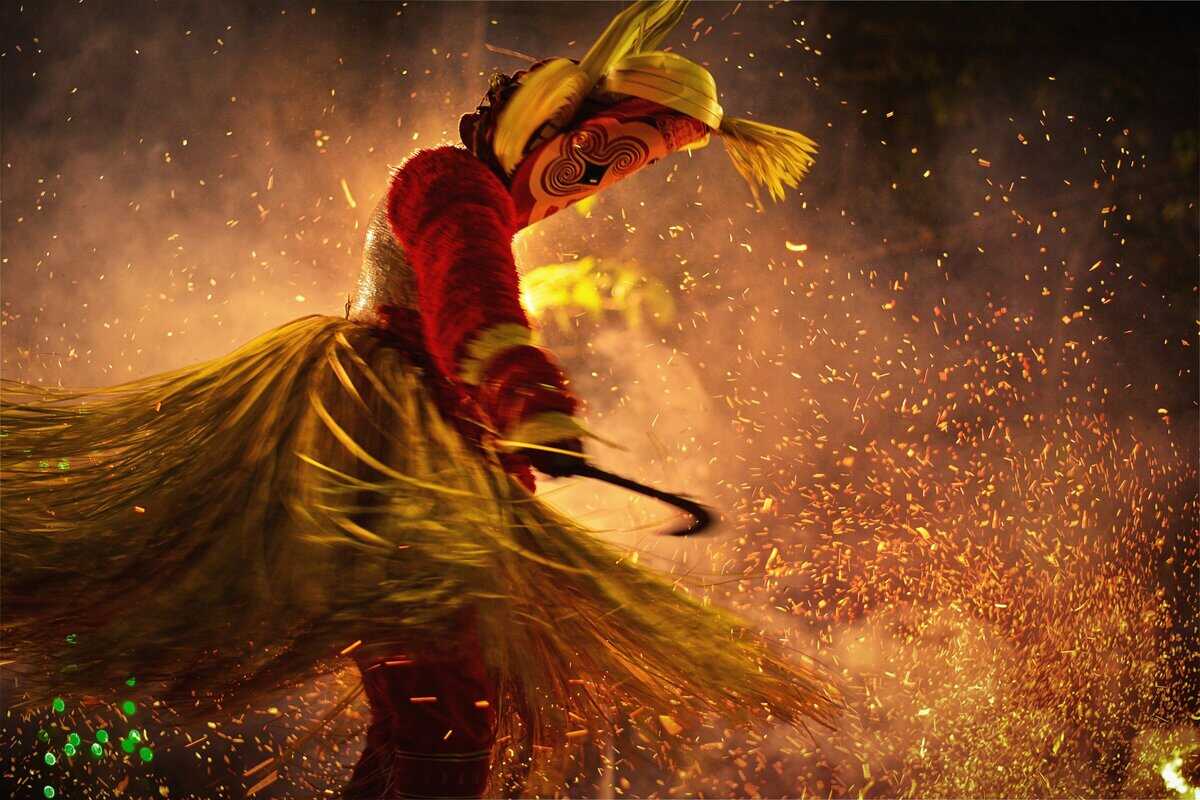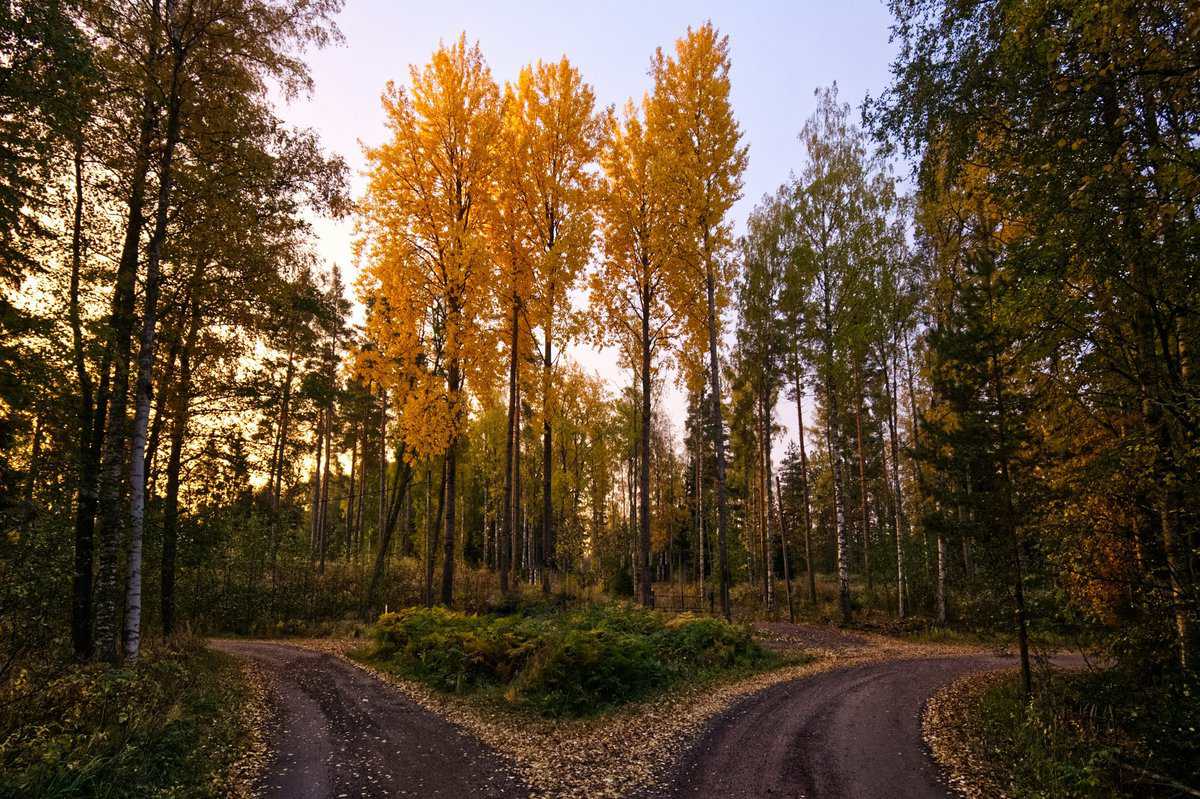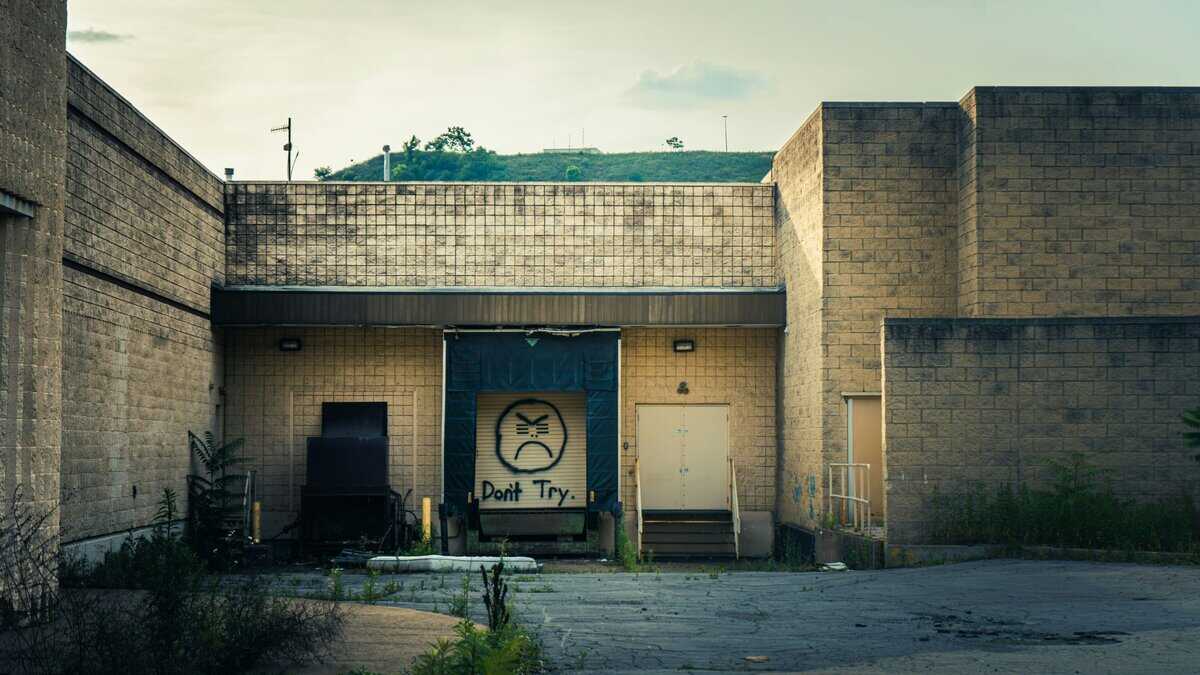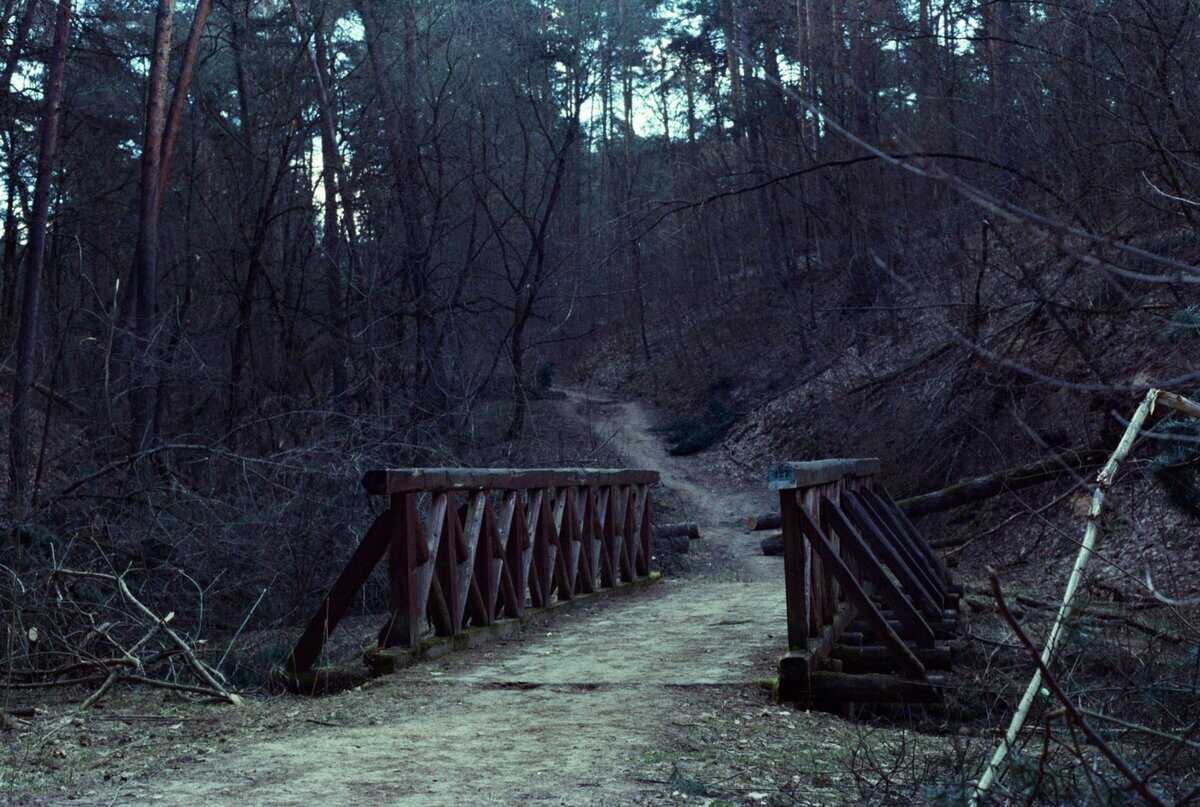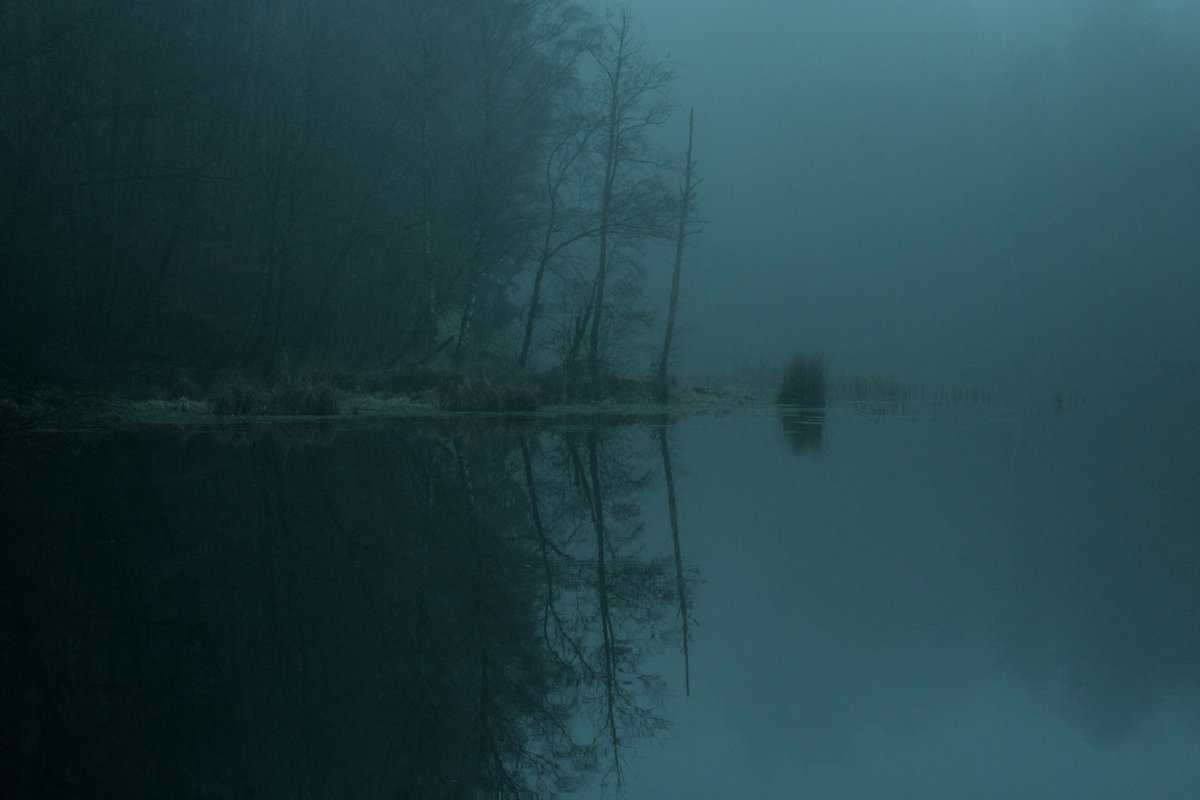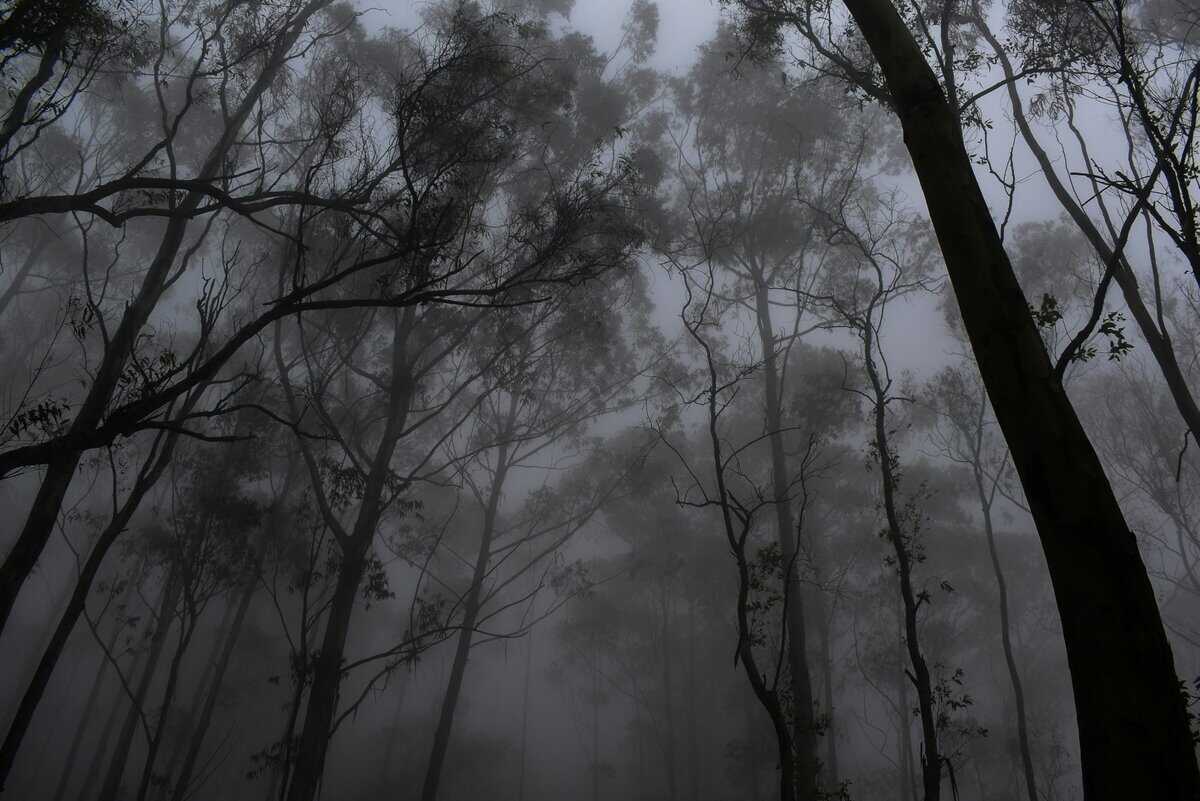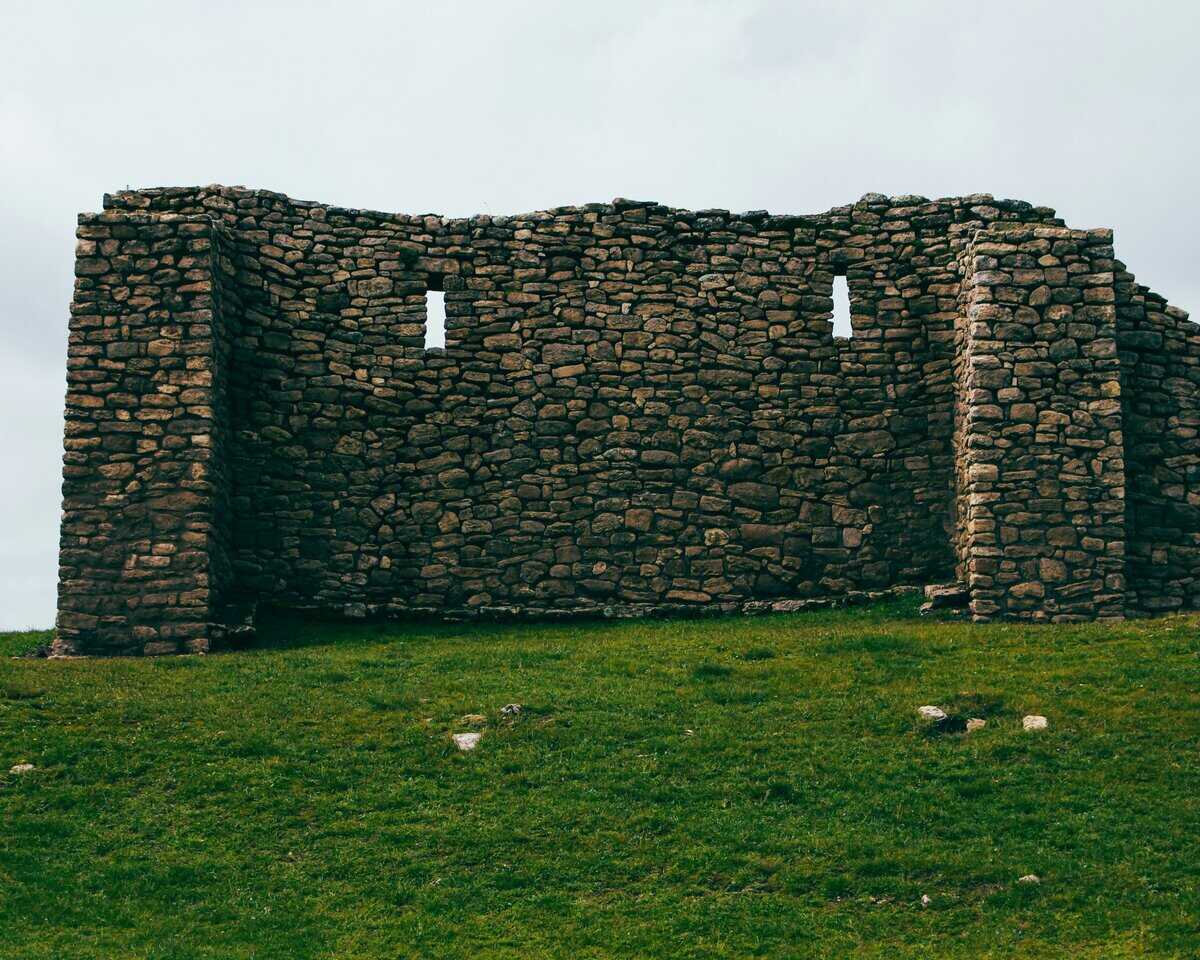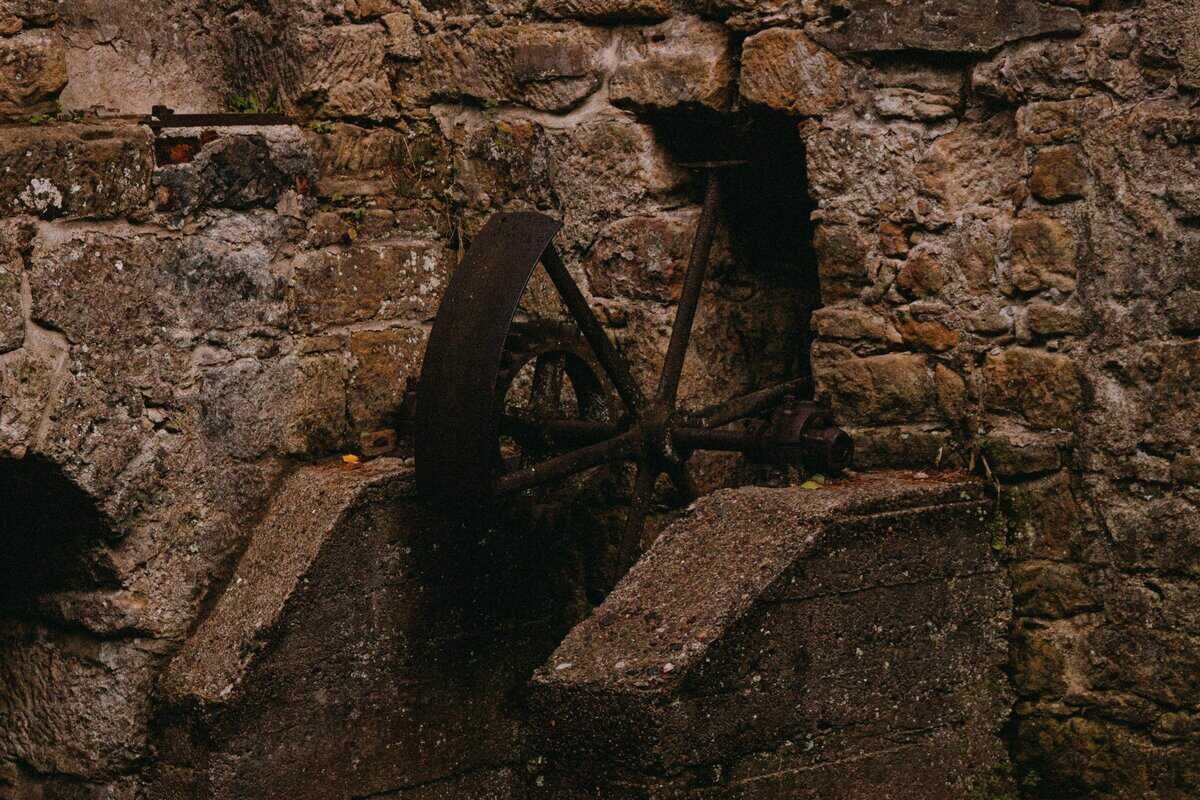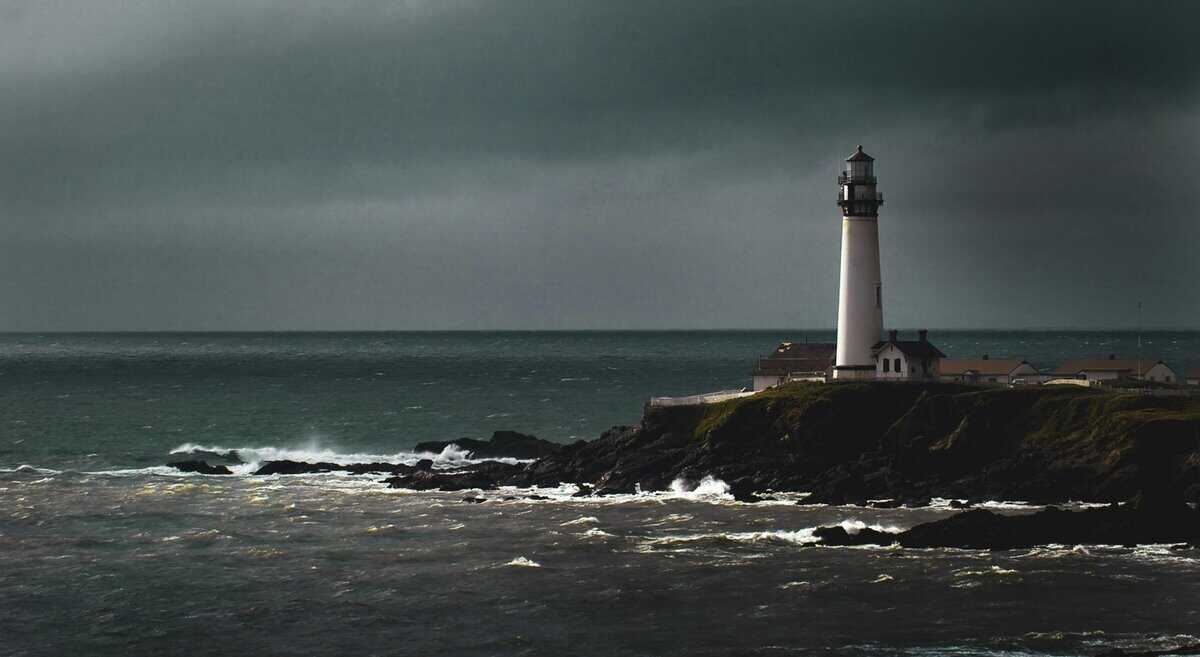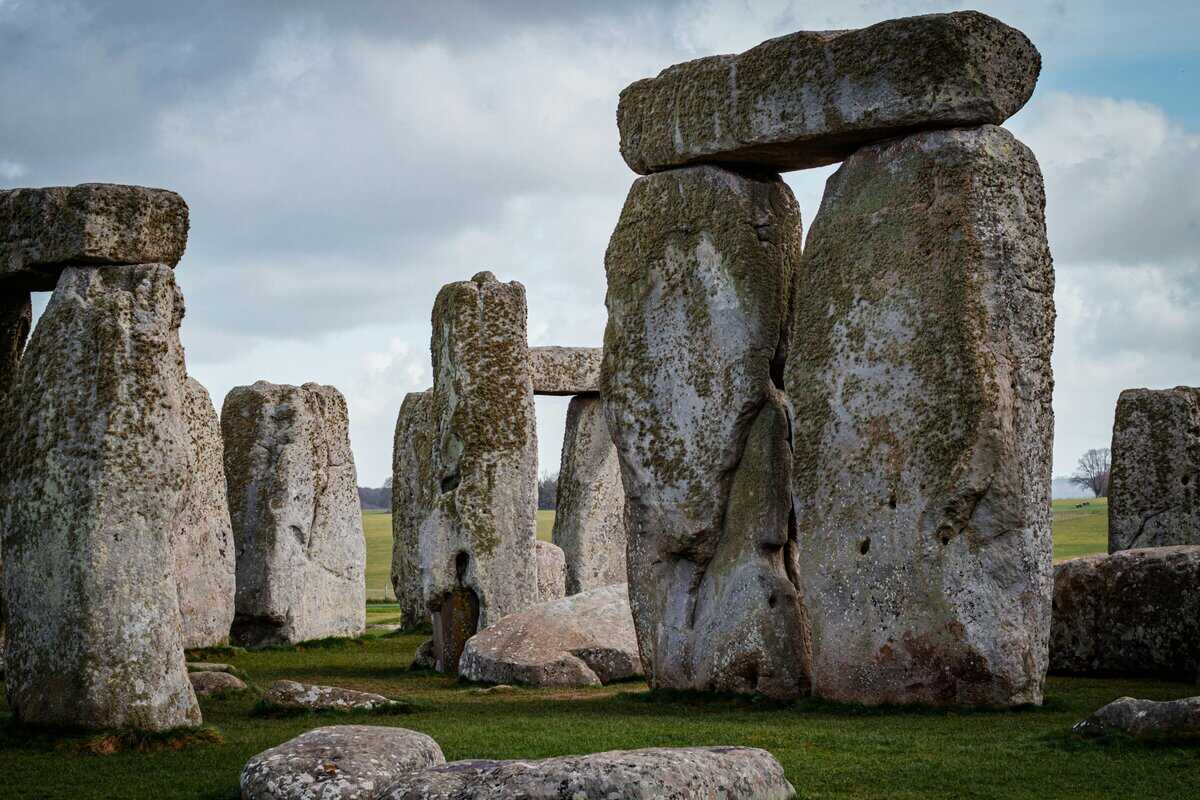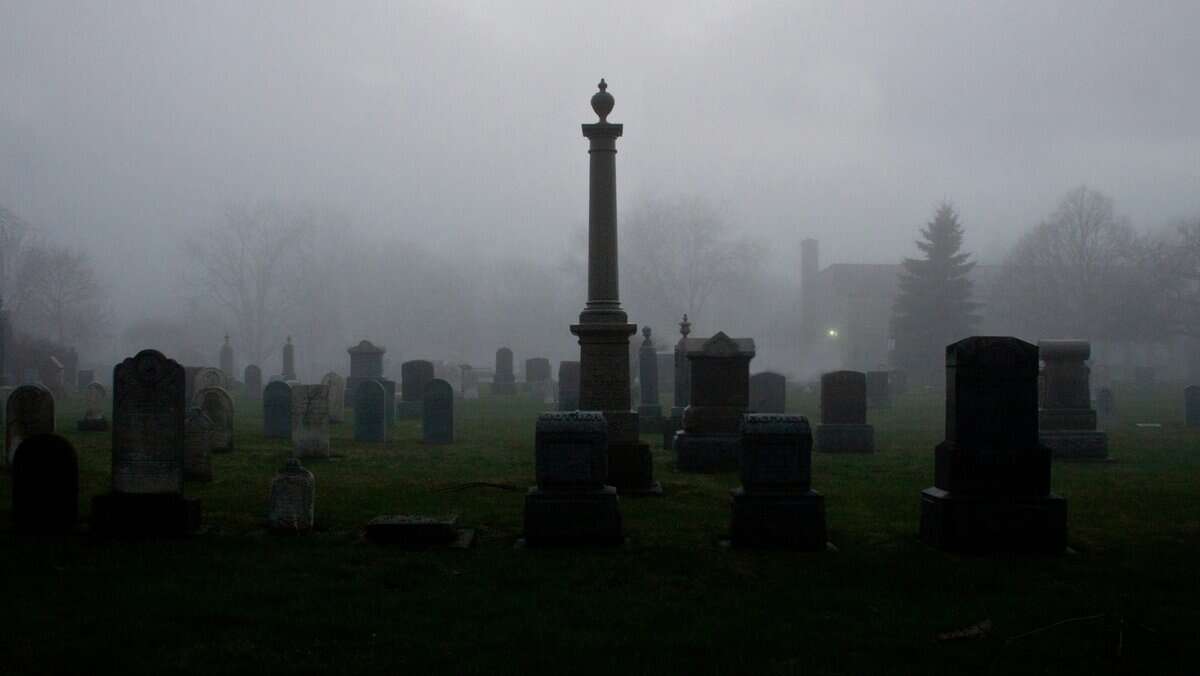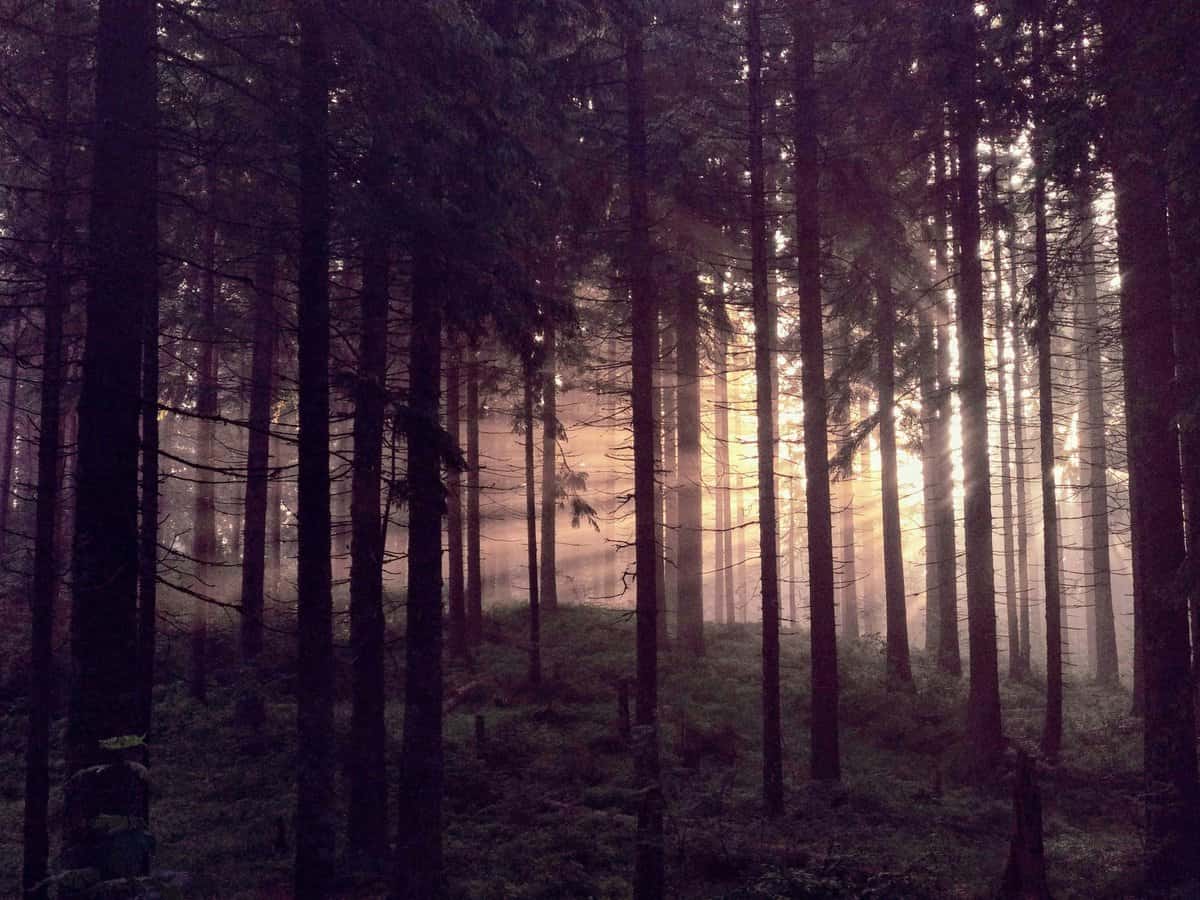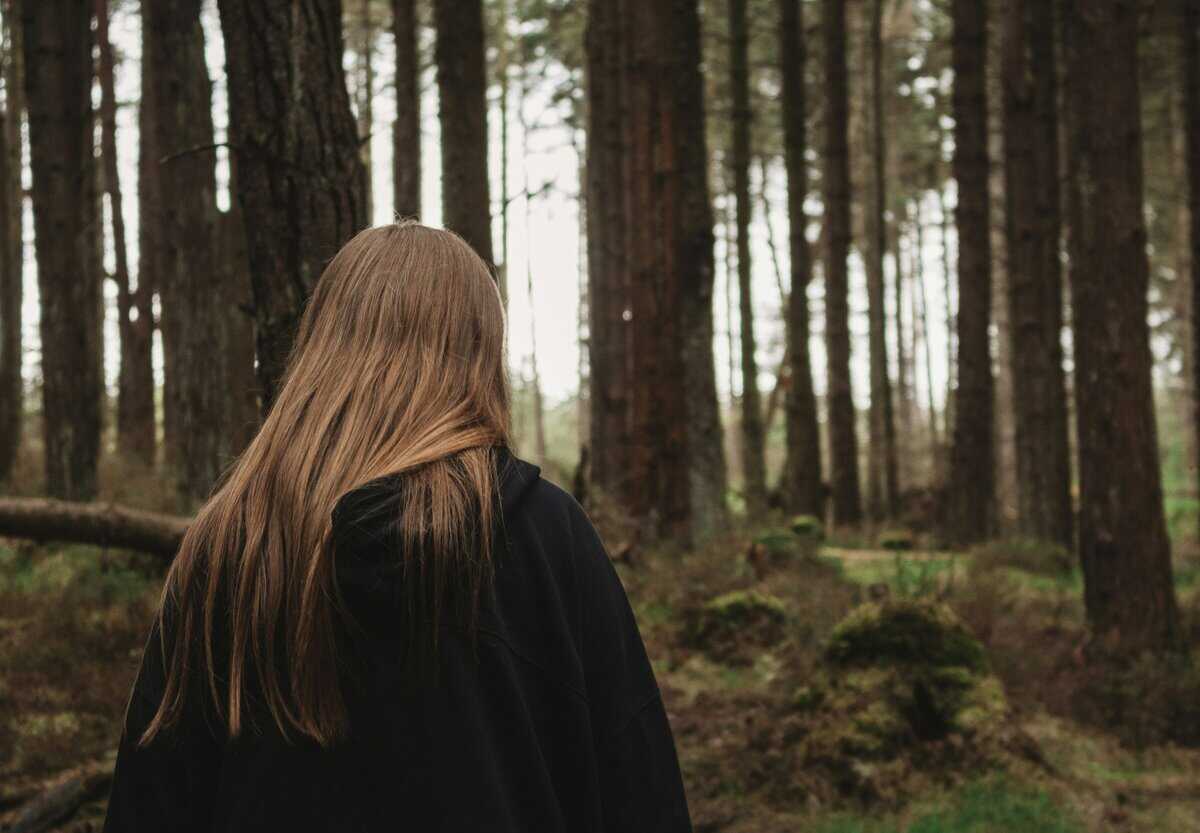Liminal spaces are those strange, unsettling locations that seem caught in-between.
They’re the zones where the boundary between known and unknown is blurred. Think abandoned malls, empty bridges, or quiet lakes at night.
These spaces have a way of messing with your head, making you feel like you’ve stepped into a different reality.
They’re often associated with mystery and hints of supernatural activity.
1. The Mythical Thresholds
In many mythologies and folklore, liminal spaces are connected to transition – doorways, crossroads, or thresholds between the worlds.
They’re viewed as gateways to the supernatural.
Think of the fairy rings, the crossroads where deals are struck, or the caves that lead to underground worlds.
These locations symbolize change, danger, or transformation.
They’re often avoided because they’re believed to be portals for spirits and otherworldly beings.
These spaces aren’t simply physical – they’re metaphysical, representing the border between the worlds, making them prime spots for supernatural encounters.
2. Haunted Crossroads
In many cultures, crossroads are considered a typical liminal space. They’re places where the veil between the worlds is very thin.
Folklore warns that at midnight, spirits and witches gather here, and the dead can cross over into the living realm.
Standing at the crossroads alone at night is believed to invite misfortune. They’re linked to ghost stories, curses, and deals with dark forces.
The eeriness of these spaces is rooted in their reputation as portals.
The silence, darkness, and emptiness make you feel like something unseen is watching – and waiting.
3. Forgotten Places
Empty shopping malls and amusement parks feel like ghost towns frozen in time.
Once bustling hubs of human activity, they’re left silent and deserted, their empty corridors echoing with ghostly memories.
These forgotten places are incredibly eerie because they’re so familiar yet so lifeless.
The flickering lights, abandoned stores, and traces of human activity create and atmosphere of decay and loss.
It’s like stepping into a parallel world where life paused.
Many people report feeling watched or hearing strange noises in these spaces.
Abandoned malls tap into our collective fear or decay and the uncanny, which makes them textbook liminal spaces.
4. Bridges
Bridges are classic liminal spots, symbolizing crossing from one place to another.
At night, they’re believed to become portals to the unknown. People often report seeing strange figures or feeling a sudden drop of temperature.
Historically, bridges are spaces where spirits are believed to cross over and where tragedies often happen.
When empty and quiet, bridges evoke a sense of suspended time.
They’re both literal and symbolic thresholds, making them prime locations supernatural activity and ghost stories.
5. Lakes and Still Waters
Lakes at dusk or dawn carry an eerie calm. Still water acts like a mirror, reflecting not just the sky but also the hidden depths beneath.
Folklore warns of water spirits, sirens, or drowned souls lurking beneath the surface.
The quiet and isolation make it even more uncanny.
Lakes are liminal because they’re places of reflection that can trap spirits or secrets.
When you’re alone by a lake when it’s dark and empty, it’s easy to feel like you’re standing between worlds, with unseen forces waiting to pull you in.
6. Forests at Dusk
Forests at dusk are the perfect liminal environment – half light, half dark, where shadows stretch and whispers seem to drift in the breeze.
Folklore is packed with stories of spirits, fairies, and monsters hiding in the woods.
It’s the transition from day to night that makes forests so unsettling – the familiar becomes uncanny.
The trees block out the sun, and the sounds of animals turn into something unrecognizable.
These spaces feel alive with unseen eyes watching you.
Reality blurs here, and the supernatural often feels just a step beyond the next tree.
7. Old Ruins
Old castles and fortresses are ghosts of history, full of stories and secrets.
Their crumbling walls and empty halls are perfect liminal spaces that seem to exist outside of time.
Folklore often links these ruins to spirits of former inhabitants or tragic events.
The silence, combined with the oppressive architecture, creates a haunting atmosphere. Visiting these sites feels like crossing into a forgotten world.
Many report cold spots, strange noises, or sightings of shadowy figures.
These spaces symbolize the boundary between past and present, life and death, making them fertile ground for supernatural encounters.
8. Old Mills
Abandoned mills and factories are eerie relics of human activity.
Their rusted machinery and broken windows evoke a sense of decay and despair.
They’re liminal because they’re spaces of labor, but now they’re silent and forgotten.
Many believe the spirits of workers or victims of accidents linger here. The silence and the smell of rust add to the creepy vibe.
Old mills often appear in folklore as sites of tragedy and haunting.
They feel like the edges of reality – places where time has stopped, and unseen forces might be lurking in the shadows.
9. Lighthouses
Lighthouses stand alone on rocky coasts, guiding ships and marking the edge of the world.
At night, they become symbols of isolation. Folklore suggests that lighthouses are portals or beacons for spirits lost at sea.
Many report seeing ghostly ships or apparitions near them.
The flickering light, the crashing waves, and the endless horizon create a surreal atmosphere.
Lighthouses are liminal because they’re outposts between land and sea.
Their lonely, haunting presence makes them perfect settings for stories of supernatural encounters and maritime mysteries.
10. Stone Circles
Stone circles are ancient and mysterious, often linked to rituals or worship. Their gigantic stones arranged in circular patterns evoke a sense of timelessness.
Folklore and archeology suggest these sites were seen as gateways to other worlds or portals for spirits.
The atmosphere is charged with history and mystique, often feeling like a boundary between the known and the unknown.
Many report strange energies or ghostly sightings near them.
The silence, the ancient stones, and the sense of sacredness make stone circles some of the most fascinating liminal spaces where past bleeds into the present.
11. Burial Grounds
Cemeteries are the most obvious liminal spaces – they’re where life and death meet.
Empty graveyards, especially at night, feel like portals to the afterlife. Tombstones, willow trees, and quiet mausoleums create an eerie atmosphere.
Folklore is filled with stories of restless spirits wandering these grounds.
They evoke the feeling of being caught between worlds, where the dead might still reach out.
These spaces remind us that death is just another threshold.
12. The Unseen Boundaries
Liminal spaces aren’t always physical. They can also be moments or states of transition.
Dawn and dusk, for example, are liminal times when the world feels caught between sleep and wakefulness.
These fleeting moments are filled with strange energies.
They symbolize the edge of consciousness, where reality blurs and the spirits are believed to be active.
These times are uncomfortable because they challenge our understanding of reality, forcing us to confront the unknown.
It’s in these in-between times that the supernatural feels most alive.
13. Why We’re Drawn to the Unknown
Liminal spaces are fascinating because they tap into our primal fear of the unseen.
They unsettle us because they remind us that reality isn’t necessarily fixed.
These spaces represent change, transition, and the possibility of encountering forces beyond our understanding.
They’re the perfect backdrop for stories that explore the uncanny, because they stir our curiosity and fear.
In the end, we might just be so drawn to them because they get our blood running and make us hyperaware of our surroundings.
A little Aquarius, devoted to writing and embroidery. Through my writing, I hope to empower readers to align with their true selves and navigate life’s mysteries with confidence.

